UK PMI Services recovered to 51.4 in July, up from 50.2 and beat expectation of 50.4. That’s already the highest level since October 2018 even though rate of expansion remained subdued overall. Markit noted there was modest increase in service sector output. There was rebound in new work, helped by export sales. But business expectations eased to a four-month low.
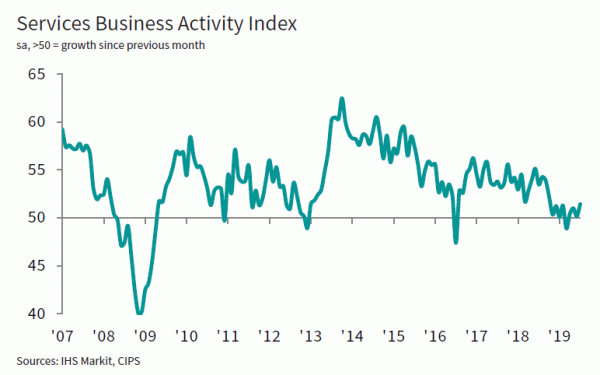
Chris Williamson, Chief Business Economist at IHS Markit, which compiles the survey:
“An improved rate of growth in the service sector to the highest since October is welcome news after other PMI surveys showed the sharpest drop in manufacturing output for seven years and a construction sector that is mired in its deepest downturn for a decade. However, the overall picture is one of an economy that is only just managing to skirt recession, with July’s performance among the worst since the height of the global financial crisis in 2009.
“The latest PMI numbers are indicative of the economy stagnating at the start of the third quarter after indicating a 0.1% decline in the second quarter.
“Even growth in the service sector remains worryingly subdued, constrained by a marked fall in business services activity, where the rate of decline in July has been exceeded only once in the past ten years. The best performing sector was consumer services, highlighting how the economy remains dependent on consumer spending to avoid contraction.
“Inflationary pressures remained muted, with average prices charged for goods and services rising at one of the weakest rates recorded over the past three years, as firms increasingly resorted to competing on price to help drive sales.”
Full release here.




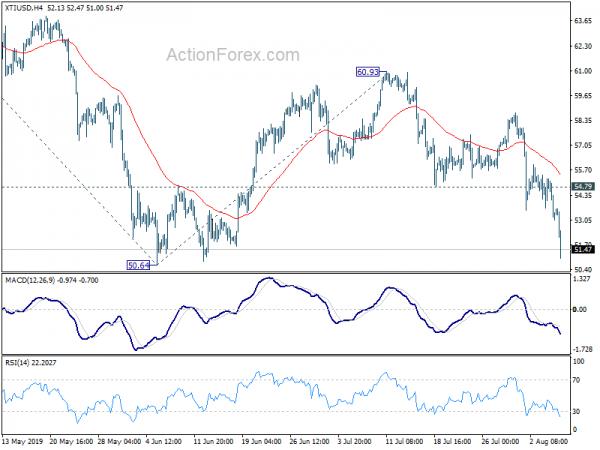
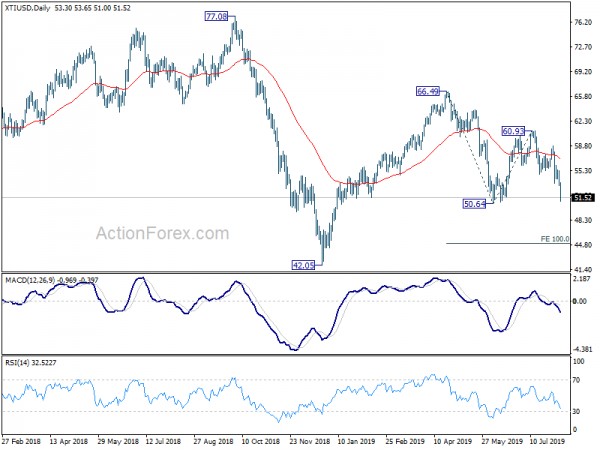

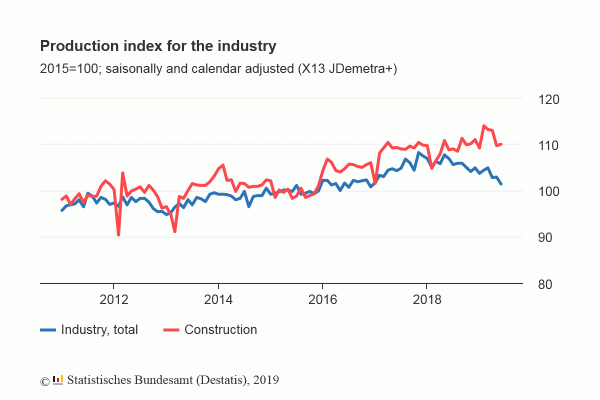
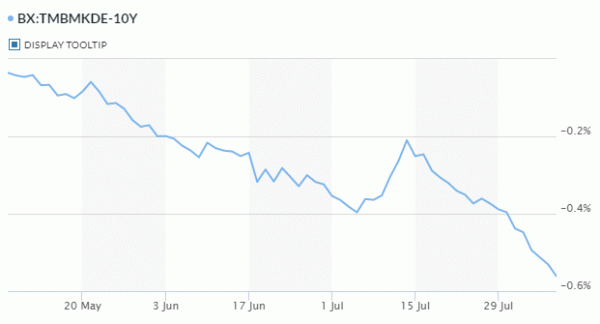
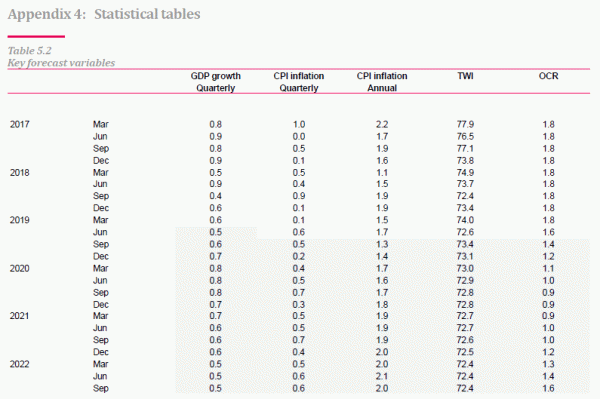
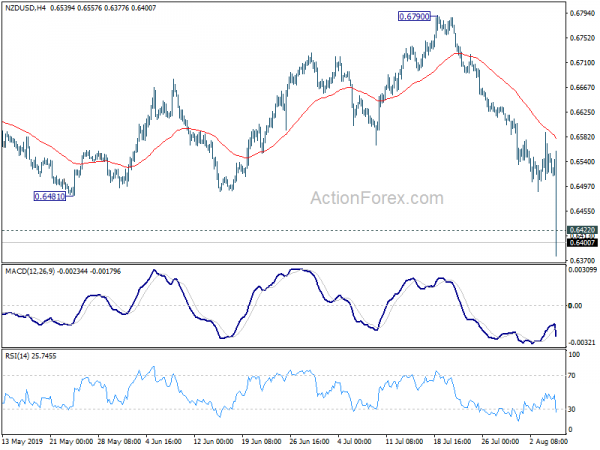
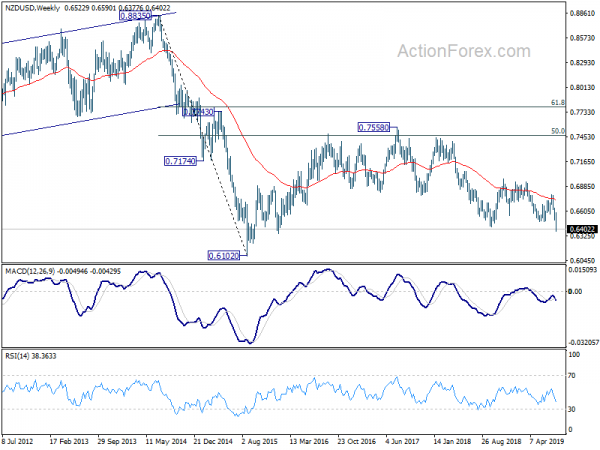
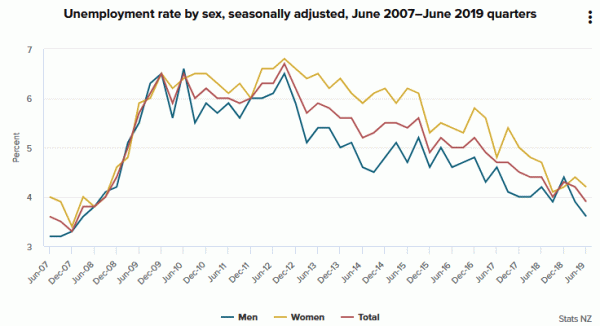
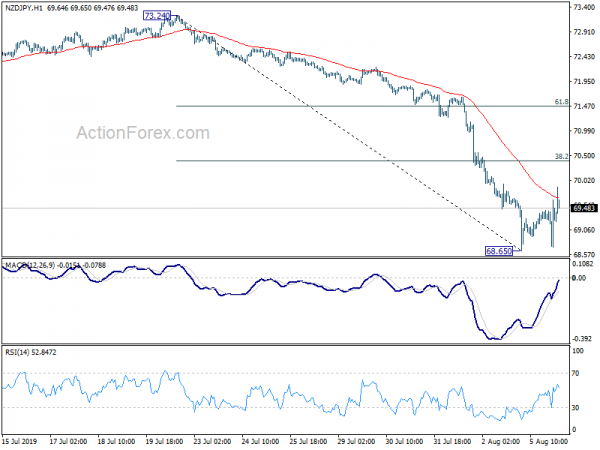
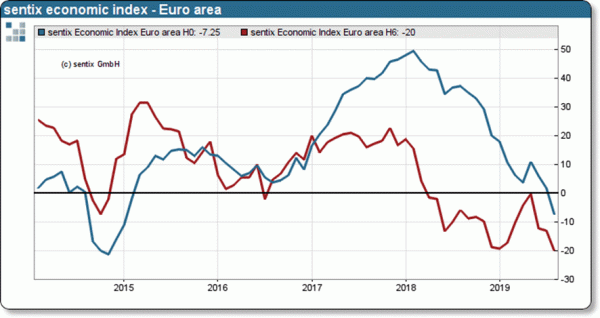


Chance of no-deal Brexit jumped to 35% according latest Reuters poll
According to the median forecast of a Reuters poll, between August 2-7, chance of no-deal Brexit jumped to 35%, up from 30% in July. And forecasts ranged from as low as 15% to as high as 75%. New UK Prime Minister Boris has been rather indecisive regarding his Brexit strategy. Except that, it’s trying to force through a exit on October 31, with or without a deal. And as Brexit uncertainty continues, economists expect GBP/USD to trade between 1.17 and 1.20 before the divorce data. That is, there is a bit more downside in the pair.
Regarding the economy, median chance of recession within a year was put at 35%, up from 30% in July. For the next two years, media chance of recession rose to 40%, up from 35%. However, 24 of 55 economists expected BoE to stand pat this year and next. On the one hand, buoyant wage growth makes it too early for call of a cut. Yet Brexit uncertainty, in whatever form, will make it hard to tighten in the foreseeable future. 12 of 55 economists expected a cut, while 19 expected a hike.
Separately, UK Foreign Minister Dominic Raab said in Washington, at a joint news conference with US Secretary of State Mike Pompeo, “We will manage the risks come what may. We will leave at the end of October and are determined to make a success of it.”